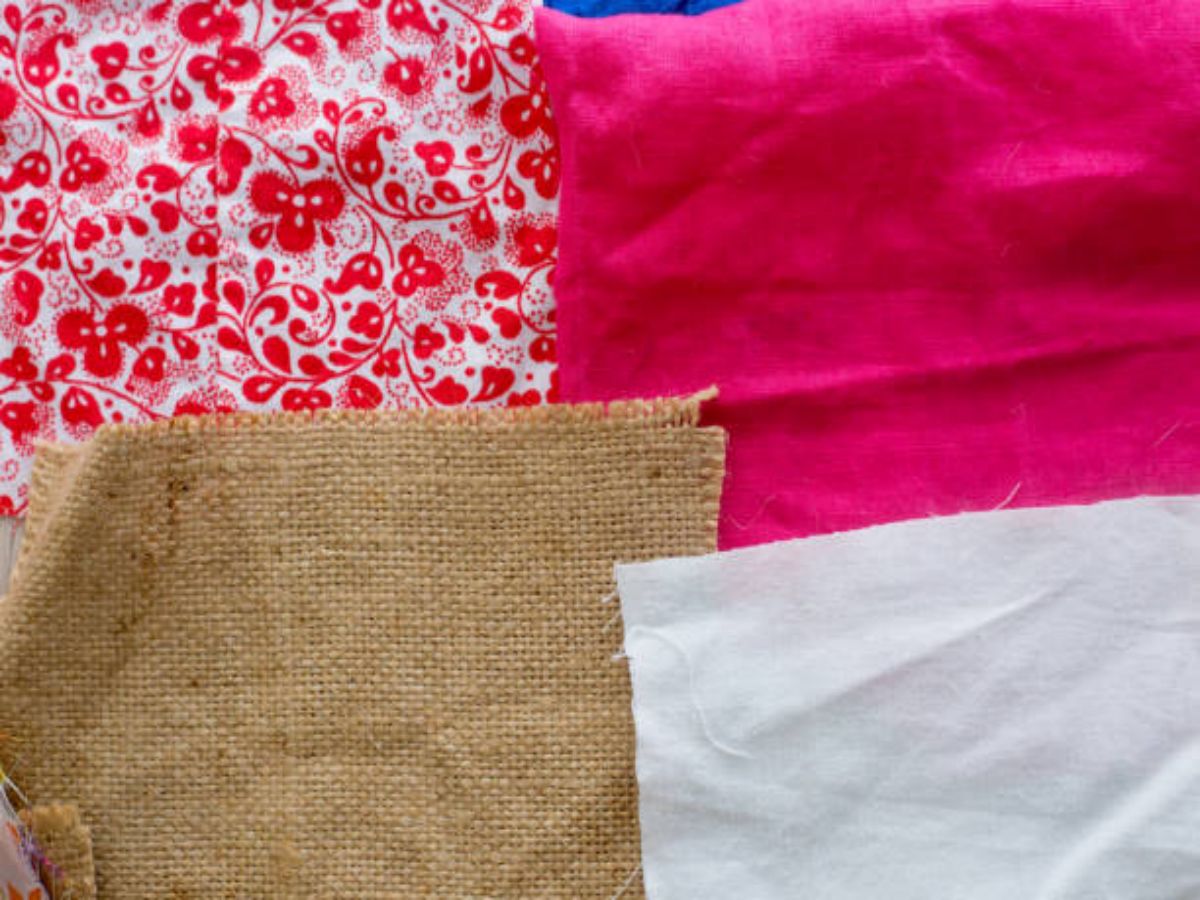Table of Contents

Introduction: What Are Fabric Remnants?
Fabric remnants are leftover pieces of fabric that remain after the completion of a sewing, quilting, or crafting project. These remnants can vary in size, ranging from small scraps to larger pieces, and are often sold at discounted prices. While some may view fabric remnants as waste, they can actually be valuable resources for various creative endeavors. In this article, we will explore the different aspects of fabric remnants, including their uses, benefits, and how to make the most of these versatile materials.
The Variety of Fabric Remnants
When it comes to fabric remnants, the possibilities are endless. These remnants can be found in a wide range of fabrics, colors, patterns, and textures. Whether you are looking for cotton, silk, velvet, or denim, you are likely to find a fabric remnant that suits your needs. Additionally, fabric remnants can come from different sources, such as textile manufacturers, fabric stores, or even discarded clothing items. This diversity allows for an extensive selection of fabric remnants to choose from, making them suitable for various projects.
Utilizing Fabric Remnants in Sewing Projects
Fabric remnants are a great resource for sewing enthusiasts. These small pieces of fabric can be used to create various sewing projects, such as patchwork quilts, tote bags, clothing accessories, or even doll clothes. By combining different fabric remnants, you can achieve unique and visually appealing designs. Furthermore, fabric remnants can be an excellent option for practicing new sewing techniques or experimenting with different patterns, as they are often more affordable than purchasing full-sized fabric yardages.
Quilting with Fabric Remnants
Quilters often find fabric remnants particularly useful in their craft. These small fabric pieces can be incorporated into patchwork quilts, adding visual interest and complexity to the overall design. With fabric remnants, quilters can create intricate quilt blocks, borders, or even entire quilts. The variety of colors and patterns found in fabric remnants allows for endless creative possibilities in quilting projects. Additionally, using fabric remnants in quilting can be a sustainable choice, as it reduces fabric waste and promotes recycling within the crafting community.
Repurposing Fabric Remnants for Home Decor
Why let fabric remnants go to waste when they can be used to enhance your home decor? With a little creativity, fabric remnants can be transformed into beautiful and functional items. For instance, you can use them to make decorative throw pillows, curtains, table runners, or even wall art. By repurposing fabric remnants, you can add a personal touch to your living space while reducing textile waste.
Creating Accessories with Fabric Remnants
Fabric remnants can be a treasure trove for those interested in creating accessories. From hair accessories like headbands and scrunchies to statement necklaces and bracelets, fabric remnants can be transformed into unique pieces that complement your personal style. These accessories can be a great way to express your creativity and add a pop of color to your outfits without breaking the bank.
The Benefits of Using Fabric Remnants
There are several benefits to using fabric remnants in your creative projects. Firstly, fabric remnants are often more affordable than purchasing full-sized fabric yardages. This makes them a budget-friendly option for those who enjoy sewing or crafting. Secondly, using fabric remnants promotes sustainability and reduces textile waste. By utilizing these leftover pieces of fabric, you contribute to a more eco-friendly approach to crafting. Lastly, fabric remnants offer a unique opportunity for creativity and experimentation. With their diverse colors, patterns, and textures, fabric remnants can inspire new ideas and enable you to create one-of-a-kind pieces.
Tips for Organizing and Storing Fabric Remnants
As your collection of fabric remnants grows, it's important to have an efficient system for organizing and storing them. Here are a few tips to help you keep your fabric remnants neatly organized:
- Sort fabric remnants by color, pattern, or fabric type to make them easily accessible.
- Consider using clear plastic bins or storage boxes to keep fabric remnants visible and protected.
- Label each storage container with the corresponding fabric type or color for quick identification.
- Use hanging organizers or fabric rolls for longer fabric remnants.
- Regularly assess your fabric remnants collection and donate or sell pieces that you no longer need or use.
Where to Find Fabric Remnants
Fabric remnants can be found in various locations, both online and offline. Some places to look for fabric remnants include:
- Fabric stores: Many fabric stores have dedicated sections or bins with fabric remnants available for purchase.
- Online marketplaces: Websites such as Etsy or eBay often have sellers offering fabric remnants.
- Thrift stores: Second-hand stores often have discarded clothing items that can be repurposed into fabric remnants.
- Textile manufacturers: Some textile manufacturers may offer fabric remnants for sale directly from their production.
In Conclusion
Fabric remnants are valuable resources for sewers, crafters, and creative individuals alike. From sewing projects to quilting, home decor, and accessories, fabric remnants offer endless possibilities. By utilizing fabric remnants, you not only save money but also contribute to a more sustainable approach to crafting. So, the next time you come across fabric remnants, embrace their potential and let your creativity soar!
